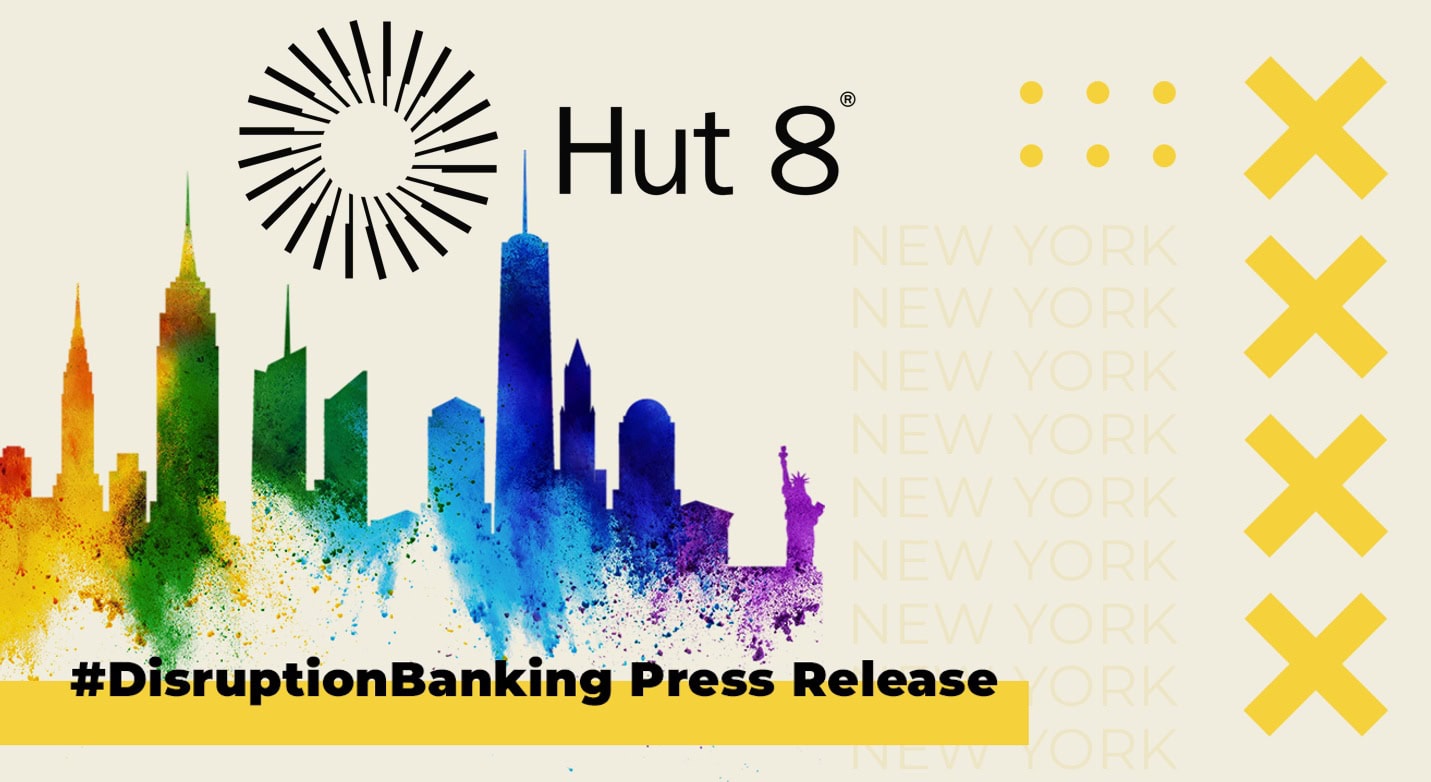The world of finance is evolving rapidly, and cryptocurrencies are playing a pivotal role in this transformation. While it may have once seemed like a fringe concept, digital currencies, and especially Bitcoin, are now firmly embedded in the mainstream financial ecosystem. But which banks are getting in on the action?
As more and more financial institutions embrace digital assets, some are leading the charge in acquiring Bitcoin, while others are cautiously exploring the possibilities. Let’s take a closer look at the growing trend of banks owning crypto, and what it means for the financial world.
Which Banks Own Bitcoin?
The cryptocurrency world has certainly gained attention from the banking world, with many of the known and reputable banks and institutions having either begun buying Bitcoin or directly investing in Bitcoin-related products (with Bitcoin ETFs).
One name in the Bitcoin space gaining significant attention is JPMorgan Chase. The financial giant, once sceptical about Bitcoin, now holds millions of dollars in Bitcoin ETFs. Morgan Stanley has also moved into the game, making a $270 million commitment to Grayscale’s Bitcoin Trust last year, which adds a significant push in the bank’s history toward crypto or digital assets.
Other big names like Goldman Sachs and Barclays have also made significant moves, acquiring Bitcoin directly or through various investment vehicles.
Direct Holdings vs. Bitcoin ETFs: A Key Decision for Banks
When banks invest in Bitcoin, they generally have two main options: direct ownership or exchange-traded funds (ETFs). Direct ownership of Bitcoin means the bank buys and holds actual Bitcoin in digital wallets, which offers complete control but comes with significant risks and operational challenges. Bitcoin ETFs, on the other hand, are investment funds designed to mirror Bitcoin’s price, giving banks a way to offer their clients exposure to the cryptocurrency without directly managing or storing it.
A growing number of banks are leaning toward ETFs as a simpler, more secure way to offer Bitcoin exposure to their clients. These funds are highly regulated and allow investors to buy and sell Bitcoin without worrying about the complex infrastructure required to store it securely. As the market matures, innovations like BTC Hyper, a Layer 2 solution for Bitcoin, promise to improve transaction speed and reduce costs, making Bitcoin even more accessible for financial institutions that want to offer crypto services to their customers without compromising on security or operational efficiency.
Why Are Banks Entering the Bitcoin Space?
For banks, involvement in the Bitcoin ecosystem isn’t just an opportunity to capitalise on a crypto-adjacent market. There are clear economic reasons to view Bitcoin as an investment option. The relative investment return potential, in addition to the diversification benefits of the asset class, all make Bitcoin an interesting option.
While Bitcoin’s price is still extremely volatile, the long-term upward price trend has attracted several institutional investors viewing Bitcoin as a hedge against inflation and a store of value.
There are also new financial products and services being developed on what seems to be an almost daily basis to facilitate banks and their clients to acquire Bitcoin, particularly with the ETF wave and numerous futures contracts all taking the decision-making off the banks’ shoulders.
Large banks such as JPMorgan and Morgan Stanley are probably going to specifically use Bitcoin to gain a competitive advantage for their clients, particularly for the tech-savvy clients and investors wanting some exposure to digital currency without the headache of holding actual crypto.
Analysing the Potential Risks: Uncertainty and Regulations
Bitcoin’s high returns certainly have an appeal, but they also pose several potential risks. The cryptocurrency marketplace is unpredictable, and any sudden price plunge of Bitcoin may hurt banks that hold large amounts. Furthermore, regulations surrounding digital currencies, such as the Genius Act, are only beginning to emerge, and banks must navigate more carefully.
Some banks are worried about investing in Bitcoin because of its security vulnerabilities and, to some extent, about overregulation. However, as the adoption of cryptocurrencies grows, banks have no choice but to adapt. Many banks have begun partnering with blockchain companies or investing in technologies to make it easier and safer to perform cryptocurrency transactions.
What’s Next for Banks and Crypto?
As Bitcoin leads the way, banks are increasingly exploring other cryptocurrencies to diversify and innovate. Ethereum’s smart contract capabilities and upcoming Fusaka upgrade make it an attractive option for banks looking to enhance decentralised finance.
Stablecoins like USDC, or Tether, may also be attractive options for banks. While stablecoin assets mimic fiat in stability, they could allow for a cross-border, less volatile transaction method or provide a stable savings option for a bank.
Cardano, Solana, and other altcoins are gaining traction, and banks are also considering them due to their scalability and low transaction fees. This may lead to these offerings being high on banks’ consideration lists for use of financial services that provide more than simply holding assets.
As regulations become clearer, banks will likely expand their crypto portfolios to include a variety of digital assets, transforming financial product offerings.
Conclusion
The integration of cryptocurrencies into traditional banking systems is no longer a matter of “if” but “when.” With major institutions like JPMorgan Chase, Morgan Stanley, and Goldman Sachs diving into Bitcoin, it’s clear that digital currencies are becoming a key asset class for banks. While direct ownership of Bitcoin and Bitcoin ETFs each comes with its own set of advantages and risks, the shift toward embracing crypto is undeniable.
See Also:
How Standard Chartered Became a Leader in Digital Assets | Disruption Banking














